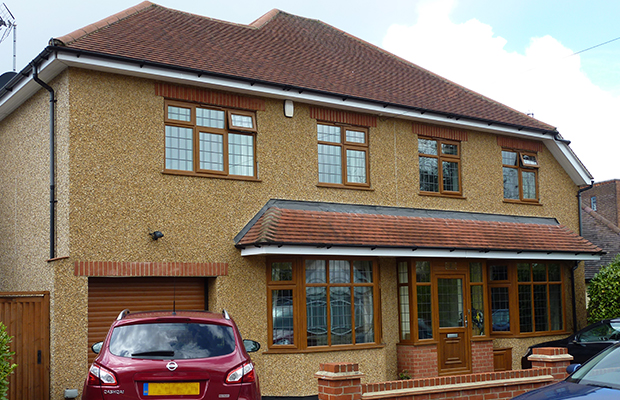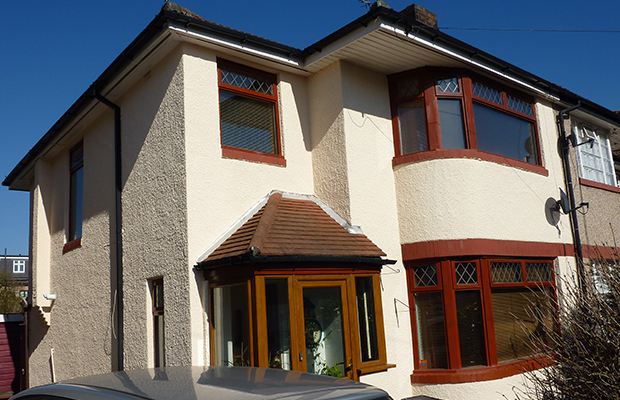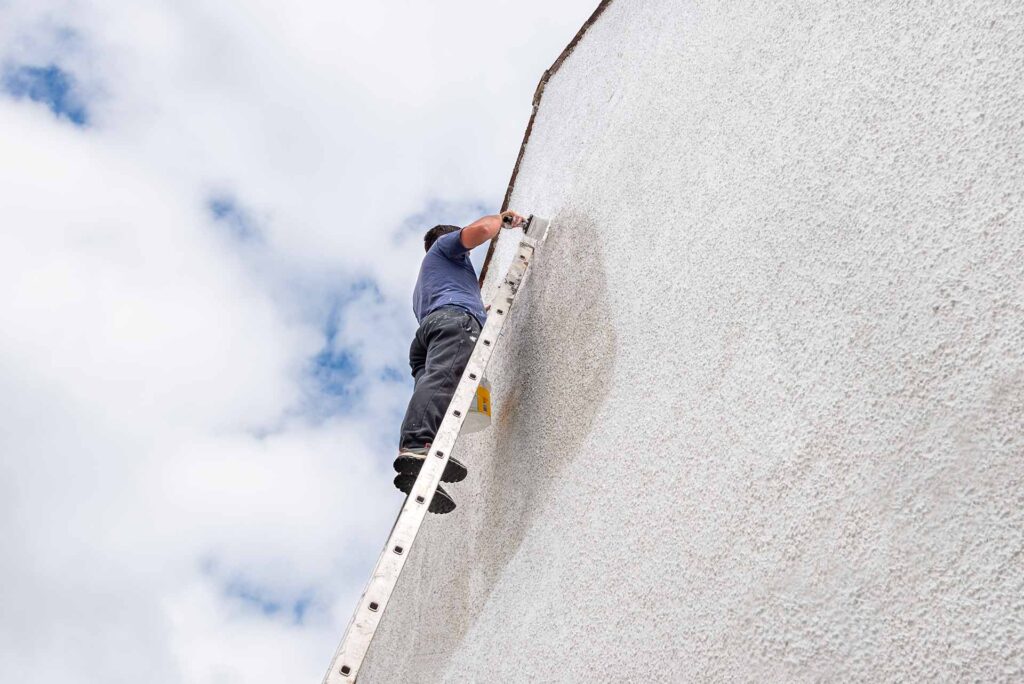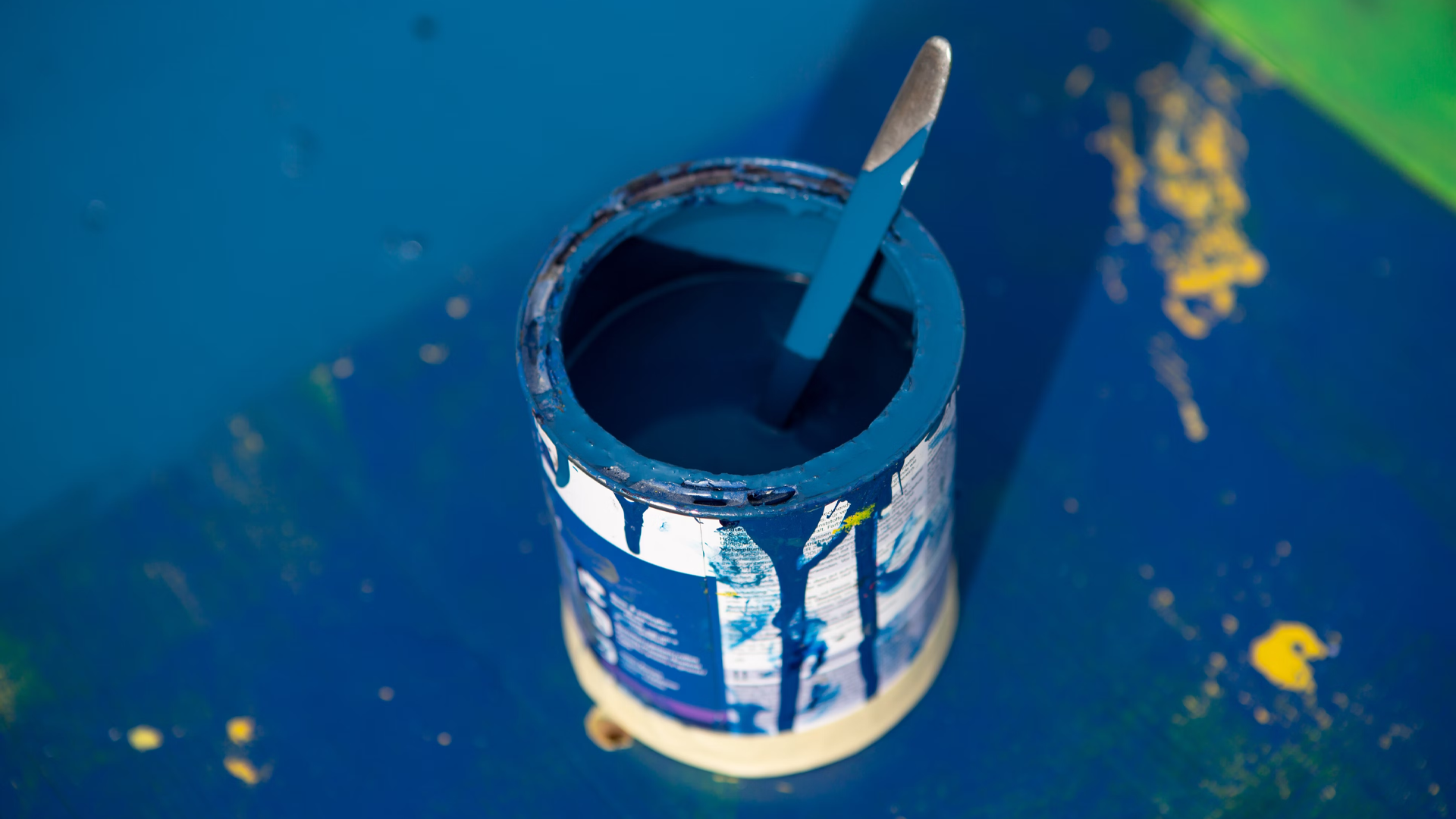Pebbledash is a frequent addition to British homes, and it is also called roughcast, which has both decorative and functional aspects when used to cover the walls. It can get discoloured, worn, or even cracked with time, or you may simply think this looks antiquated.
In this article, we’ll go through the various alternatives for renovating your pebbledash-covered walls.
What exactly is the purpose of pebbledash?
Analyse why the pebbledash is even there before selecting what to do next. Pebbledash, which is made out of sand, cement, pebbles, gravel, flint chips, or shells in newer combinations – was initially used to cover poor brickwork in the early twentieth century.
That isn’t to argue that all pebbledashed houses have shoddy masonry. Nevertheless, many people turned to pebbledash after it became associated with British homes for its ornamental qualities. Nowadays, it’s merely a matter of personal preference. Several people prefer pebbledash, while others think it’s outmoded – and knowing this might help you decide what to do about the walls…

The main issue with pebbledash
The main issue with pebbledash is that it does not appear attractive.
Then what to do?
Repair, replace, or repair and then cover using a spray-applied external textured finish are standard Pebbledash treatments.
During the post-World War One construction boom, large numbers of pebbledash were seen on domestic homes. With scarce supplies, they used dredged stones from the sea shore that were then flung onto wet mortar by hand.
It also didn’t need to be repainted later, which was an advantage because it wholly covered poor-quality brickwork underneath. That’s fine if you are into the way this looks. Painting, on the other hand, was a quick remedy for those who didn’t. Painting, on the other hand, creates a new problem in that once you’ve done it, you’ll have to do it again every several years.
Another reason for the widespread use of pebbledash was a severe skills shortage following World War One. Traditional sand or stucco and cement rendering, which needs substantial knowledge and expertise to perform effectively, was considerably easier to apply and required less skill.
Pebbledash loses its pebbles over time (simply look at the wall’s base after a big rain), revealing the unpainted mortar beneath. The rain will be absorbed, and the water will remain in the wall. The water within the wall will freeze as the weather changes, and the water expands as it solidifies, causing fissures in the wall.
Once this process begins, it only becomes worse over time. More cracks and hollow render spots will appear as the wall covering “hangs” on the wall instead of just being attached to it. That’s when the interior of the house begins to show damp patches.
As any architect will tell you, repairing these regions is challenging. If you pull out and replace a poor section of pebbledash or make a change to your home, the new and old areas will never match.
Is it okay to paint pebbledash?
Painting pebbledashed walls may appear a decent alternative if it becomes noticeably weathered but otherwise is in good condition. It would give you a new look without too much expense or work – or so you’d think.
Pebbledash isn’t precisely appropriate for painting because of its rough, uneven surface. Painting the numerous troughs, peaks, and sharp edges is a nightmare, and the outcomes are rarely satisfactory. Furthermore, painting is seldom a long-term option outside of the home.
Removing or rendering
If you don’t like the appearance of pebbledash on the walls, you’ll probably want to figure out how to get rid of it. The issue is that removing pebbledash is not an easy task. Furthermore, the foundation may not be appropriate because pebbledash was frequently used to conceal substandard brickwork.
With all that in mind, covering the pebbledashed walls is the most straightforward approach to providing a cleaner and more modern appearance. Using a spray cork coat on top of the pebbledash will give it an entirely new look while maintaining its weather-resistant and hard-wearing properties.
Wall being re-pebbledash
Do you want it done again? You’ve got to be crazy. Many people, however, believe that it is their sole option.
The cost of having it redone again is a considerable disadvantage, and the outcomes can be unsatisfactory. However, this mainly depends on who you hire to do the work.
Much modern-day pebbledash is spar dash rather than regular one. Instead of smooth, little pebbles, the wall is covered in jagged flint chips, which leave a rough surface while available in various colours. If you’ve ever brushed up against any of those walls, you know how painful it is.

What if it starts to detach from the wall?
Another consideration when it refers to pebbledash is its state. While pebbledash is highly durable, it can break with time, allowing moisture to enter, which could cause it to pull away from a wall with time, which will have to be removed.
Because of the inadequate brickwork mentioned before, you’ll still need to cover the wall. You could buy a new pebbledash in this situation.
However, not everyone despises pebbledash.
Some experts were mentioned in a recent piece on theguardian.com, who stated:
However, they did mention that the original pebbledash form, the pebbles we discussed at the beginning of this post, can be hard to remove. In some circumstances, removing something can seriously harm what’s underneath. They went on to say, “[Pebbledash is] good if it’s in line with the time of the house,” but “if it’s done improperly, or on a modern building, it can knock the value down,” says Daren Haysom, manager of Foxtons’ Islington branch.
So, what are your plans now?
Choosing any of the above options as per your choice and demand can help you! What matters is to consider all the factors well to make an informed choice and ensure that you don’t make any mistakes with your home’s appearance.










